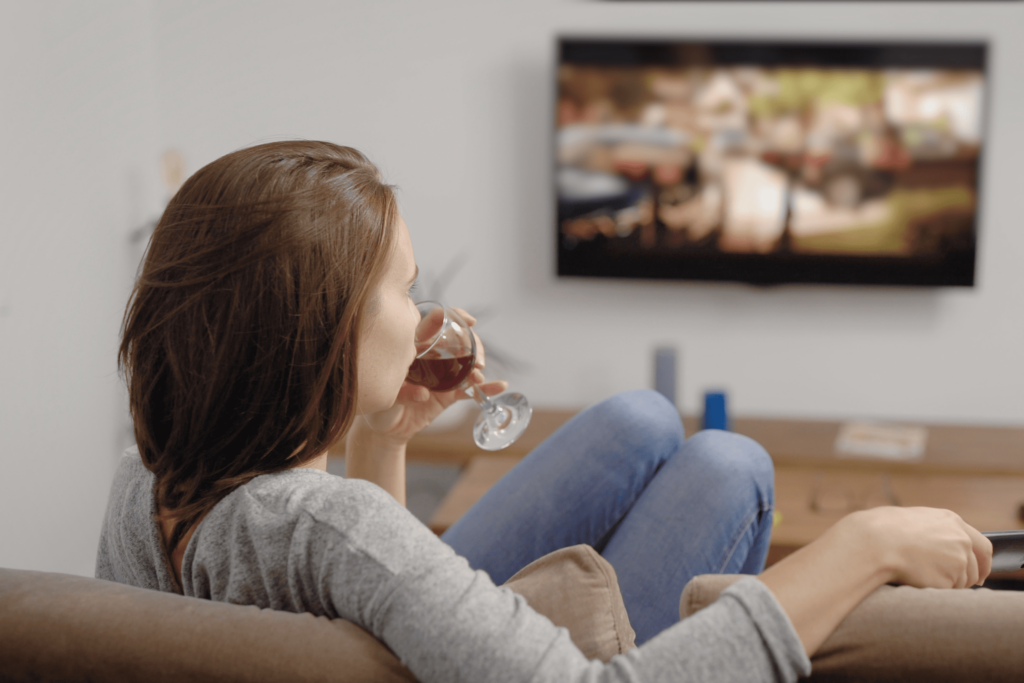A study by researchers from Nottingham Trent University, the University of Nottingham and SPECTRUM Consortium UK found that alcohol was shown or alluded to an alarming amount of times, compared to tobacco and foods high in fat, sugar or salt (HFSS).
The team watched every episode from 20 different series of reality TV shown on broadcast TV and Netflix from August 2019-2020, including Geordie Shore, Keeping up with the Kardashians, Love is Blind, Love Island: Winter, Made in Chelsea, Married at First Sight: Australia, and The Only Way is Essex.
A total of 264 episodes were watched. In 258 episodes, alcohol content – including use, implied use, paraphernalia and branding – appeared 5167 (39%) times. Within this data sample, alcohol-themed content was exposed to 3.5 billion people, of which 12.6 million were children under the age of 16.
“We were able to show that reality TV programmes contain a large amount of alcohol content and that these are widely seen by young people, representing a potential driver of alcohol use,” says author Dr Alex Barker, a psychology lecturer at the University of Derby.
Barker believes the study provides “strong evidence” that exposure to alcohol advertising or other content in the media increases “subsequent experimentation and use” in children and adolescents.
“Social Learning Theory deposits that people may copy the behaviour of influential others and due to the nature of reality TV, with its inspirational role models – many of whom are also ‘influencers’, are likely influencing drinking behaviours in young people,” he says.
Despite the exposure to alcohol that reality TV provides, regulations do exist to protect young people. Barker says Ofcom’s Broadcasting Code restricts alcohol use in programmes made for children and “discourages the glamorisation” of alcohol use in programmes before the 9pm watershed. However, he warns that the current regulations “are not sufficient to prevent this exposure to potentially harmful content” and need revising.
“Prior to this study, we did not know how much content was shown and seen by young people in the wide variety of reality TV programmes shown throughout the year,” says Barker. The results are therefore important in identifying potential causes of poor drinking behaviour, which may help prevent future illness, mortality and how much alcohol is being exposed to viewers.
Featured picture: kustvideo – stock.adobe.com

